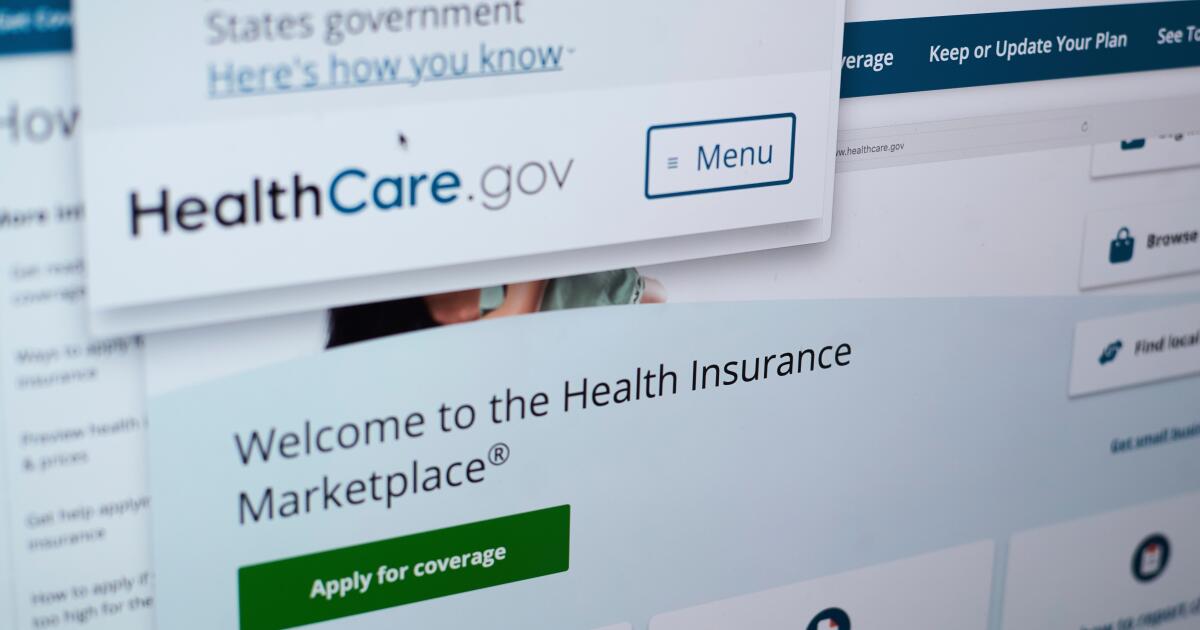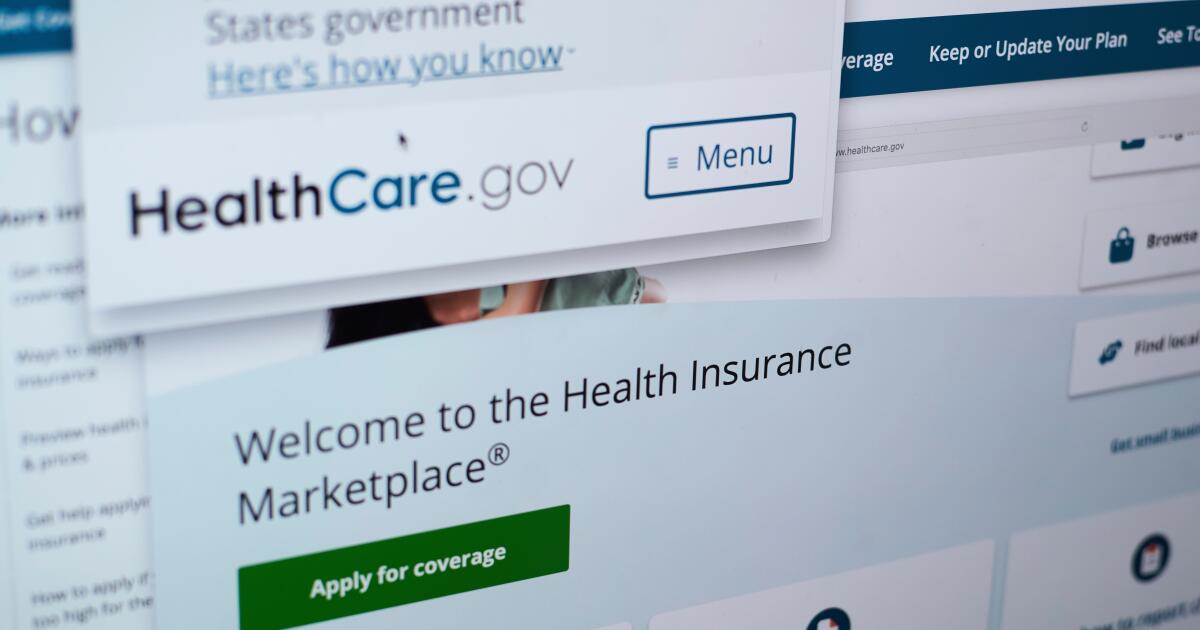Protests over fuel subsidy cut leave police injured in Bolivia

Members of the Bolivian Workers’ Union clash with police during a protest demanding the repeal of a law that removes fuel subsidies in La Paz, Bolivia, on Tuesday. Photo by Luis Gandarillas/EPA
Dec. 23 (UPI) — At least four law officers were injured Tuesday in La Paz during clashes between marchers from the Central Obrera Boliviana, the country’s largest labor federation, and police as protests intensified over the government’s decision to end fuel subsidies.
President Rodrigo Paz issued a decree Dec. 18 eliminating fuel subsidies that had been in place for nearly 20 years. He also declared an “economic, financial and social emergency” to justify the reform and paired the measure with a 20% increase in the minimum wage to cushion its impact.
As a result of the decision, gasoline and diesel stopped being sold at state-controlled prices of about 53 cents per liter and shifted to prices reflecting the real cost of imports, leading to increases of nearly 200% for consumers.
According to reports by the Bolivian newspaper El Deber, the incidents that left police officers injured occurred near Plaza Murillo, close to the government palace, when miners and transport workers attempted to approach areas secured by law offivers.
The Ministry of Government said the injured officers were attacked with stones and blunt objects while carrying out public order duties.
Police said a miner was detained for allegedly throwing fireworks and dynamite. Labor leaders, meanwhile, criticized using tear gas to disperse demonstrators.
Union leaders warned that protests will continue unless their main demand is met — the repeal of the decree that eliminated fuel subsidies.
Bolivia’s Human Rights Ombudsman’s Office said that after the fuel price changes, fares for interdepartmental, interprovincial and urban transportation rose by as much as nearly 200% in several regions, according to La Razón.
After inspections at transport terminals and hubs in La Paz, Cochabamba and Santa Cruz, the ombudsman’s office documented widespread and unilateral fare hikes that in many cases doubled or even tripled prices, directly affecting the cost of living for Bolivian families.
El Deber reported that similar protests were recorded in Santa Cruz, including temporary road blockades and clashes with police, amid growing public anger over the impact of higher fuel prices on transportation and household expenses.
Authorities reiterated calls for dialogue and warned they will not tolerate violence, while unions said they will maintain mobilizations until the government reviews the measure.


